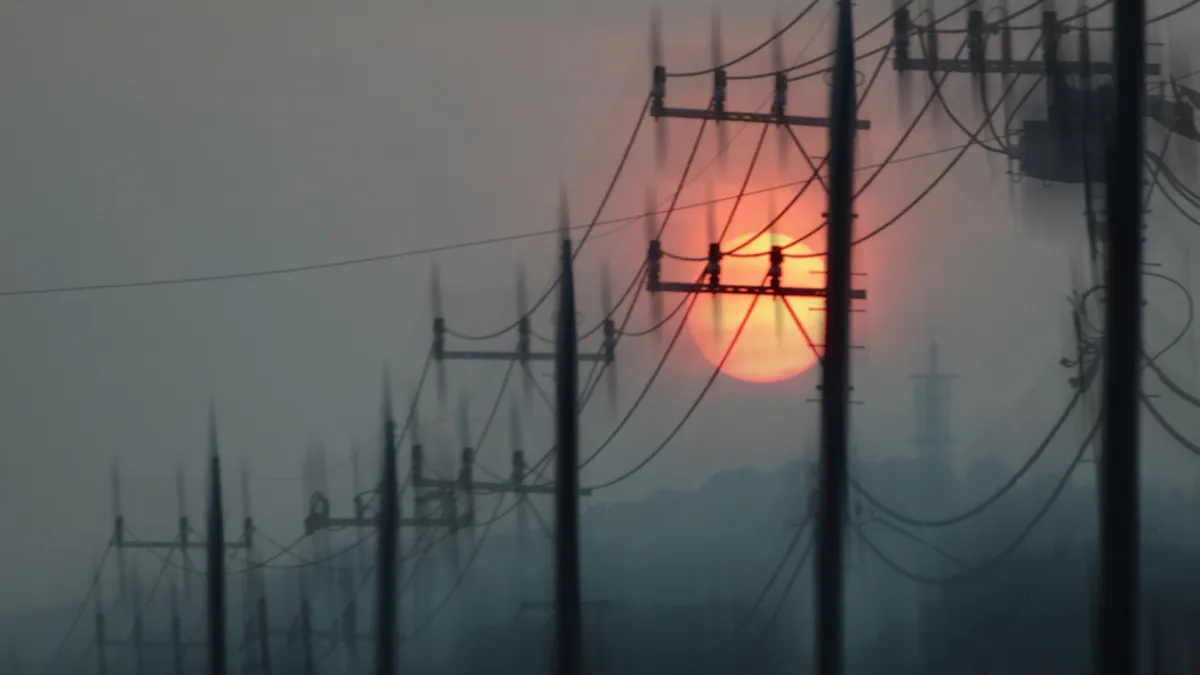Dive Brief:
- FirstEnergy Corp. last week filed plans for a three-year, $450 million upgrade of its system, aiming to strengthen service for customers of Ohio Edison, Cleveland Electric Illuminating and Toledo Edison.
- The projects aim to help restore power faster while strengthening the system against adverse weather conditions. The plan will focus on redesigning distribution lines across FirstEnergy's Ohio footprint that have previously experienced power outages.
- The utility said it expects the program could reduce outages under normal conditions by 30% or more and speed restoration time by up to 25% on power lines targeted in the plan. FirstEnergy estimates the projects will add about 2% to the average customer's bill.
Dive Insight:
FirstEnergy's grid modernization efforts come as the state has begun considering broader efforts at reshaping the utility industry and continues to deal with a changing generation mix.
FirstEnergy Utilities President Steve Strah said in a statement that the system's original design — to serve hundreds of customers on single, standalone lines — means a single outage can impact many customers.
"Our plan would allow us to isolate damage to a confined area and allow other customers along the line to be quickly restored by rerouting power from nearby lines," Strah said. "These investments will help us meet our customers' high expectations by reducing outages and restoring power faster across our Ohio footprint."
FirstEnergy also says the work is necessary to support future modernization work, including integration of new, smart technologies, electric vehicles and distributed energy resources.
Among the proposed projects, those focusing on circuit ties will help prevent or shorten outages by tying adjacent lines together, the utility said. Reconductoring efforts will enhance reliability by installing larger wires that support greater power flows. Reclosers will allow grid operators to isolate an outage to the immediate area where damage occurs. And data acquisition systems allow operators to remotely monitor and react to power grid conditions in real-time.














